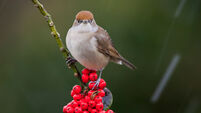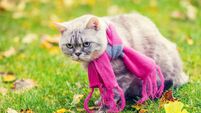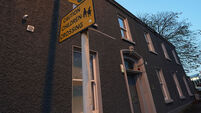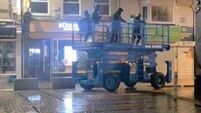Donal Hickey: Photographers putting birds at risk
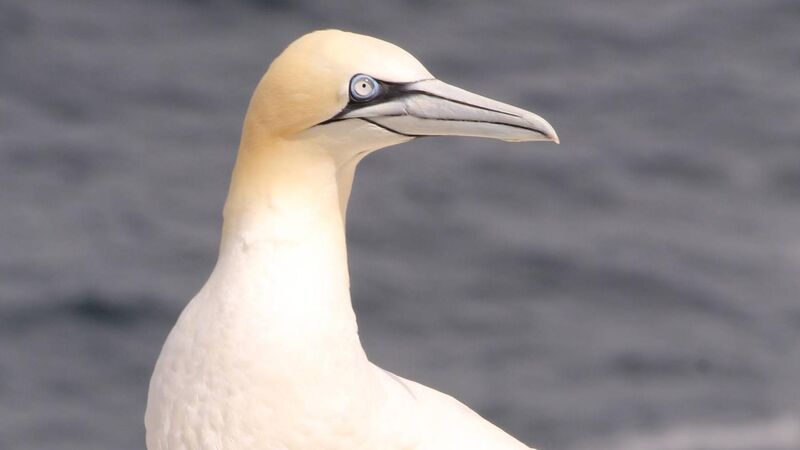
A recent study found that gannets nesting on the edge of the main colony on the Great Saltee were disturbed the most. Picture: Dan MacCarthy
Spending summer in the outdoors is the current mantra and some people will have headed to wild areas this bank holiday weekend to get close to birds. Nature photography is booming, but there’s been a growing problem in recent summers with pictures being taken of birds at, or near, their nests. Seabird colonies seem to be the big attraction, but Birdwatch Ireland also has reports of other sensitive species such as corncrakes, curlews and birds of prey being disturbed by photographers.
Looking at, or photographing, a nest at close quarters risks the chicks prematurely leaving, with the nest being exposed to predators and parents abandoning their brood.
“The golden rule of responsible nature photography is that the welfare of the subject must always come first," says Birdwatch.
“A lot of people also don't seem to realise that it's actually illegal to disturb and/or photograph nesting birds without a specific licence from the National Parks and Wildlife Service."
A real risk is that adult birds will leave the nest as people, whom they see as predators, approach. This means that eggs that need to be incubated, or chicks that need to be kept warm, are exposed and will rapidly lose heat, which puts them at risk.

As well as that, someone approaching a nest can give away its location to potential predators such as magpies, foxes, cats and dogs. If people stand back and observe birds from several metres away, they won’t put them at risk.
Seabird colonies such as Ireland’s Eye, in Dublin, and the Great Saltee, in Wexford, are magnets for photographers. However, without realising it, many go too close for that special shot.
A recent study by Debs Allbrook, of University College Cork, found that gannets nesting on the edge of the main colony on the Great Saltee were disturbed the most and had the lowest nest success rate. She also discovered that photographers ventured the closest, at 2.6m on average.
Many photographers go out to the Great Saltee armed with huge lenses and zoom capabilities. Yet, the evidence shows this doesn’t result in them sitting further back to get their photos. However, a sign asking people to stay at least 6m from the nesting birds appears to be working and has resulted in less disturbance.
Meanwhile, a number of people have been in contact regarding the late blooming of hawthorn trees, which was possibly delayed by cold weather in May. You’ll currently see plenty white hawthorn blossoms, blushed with delicate pink, adorning stretches of the N22 road between Cork and Macroom.
A farmer of our acquaintance, who looks to traditional ways of weather forecasting, tells us the late arrival of flowery hawthorn is a sign of a good summer ahead. Hope lives.



